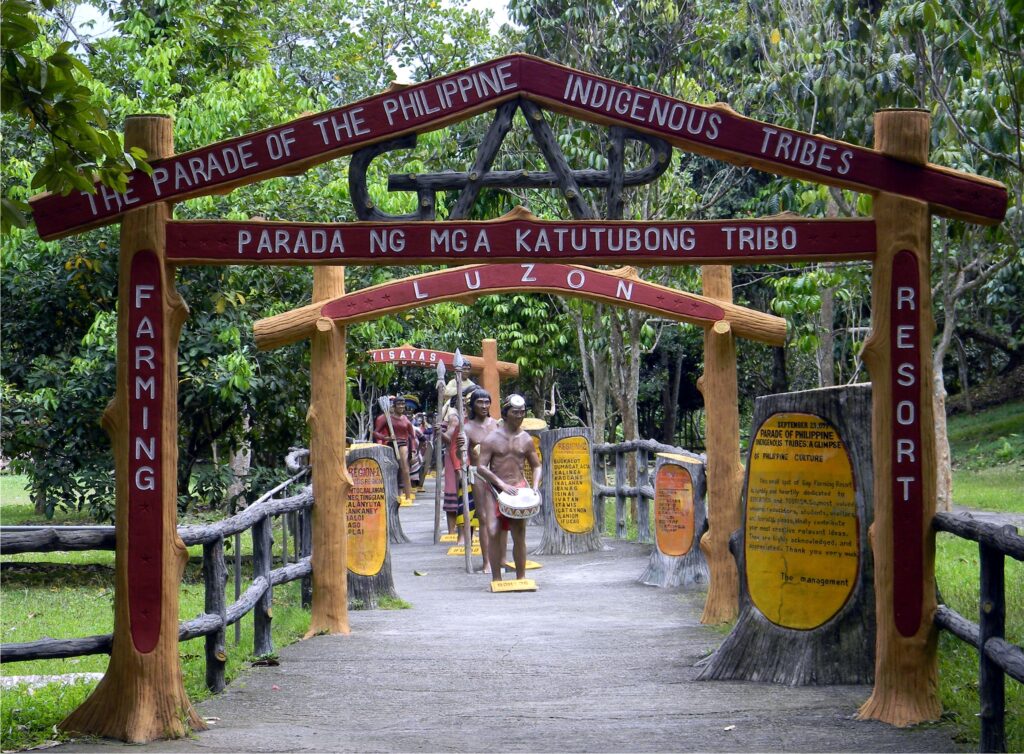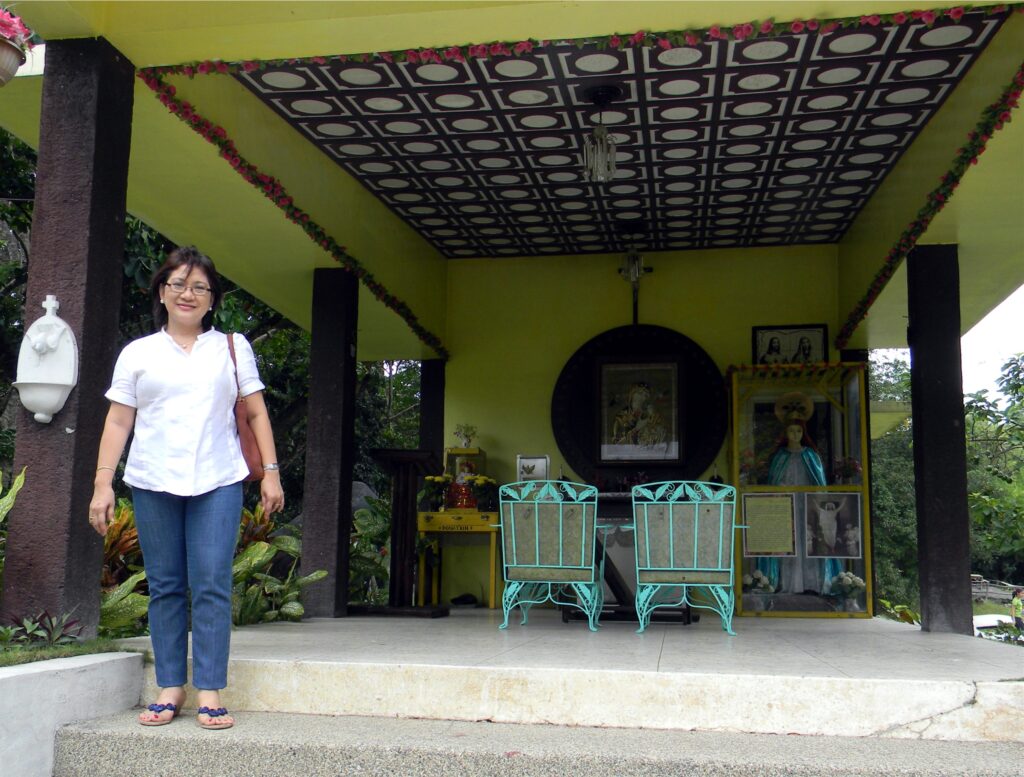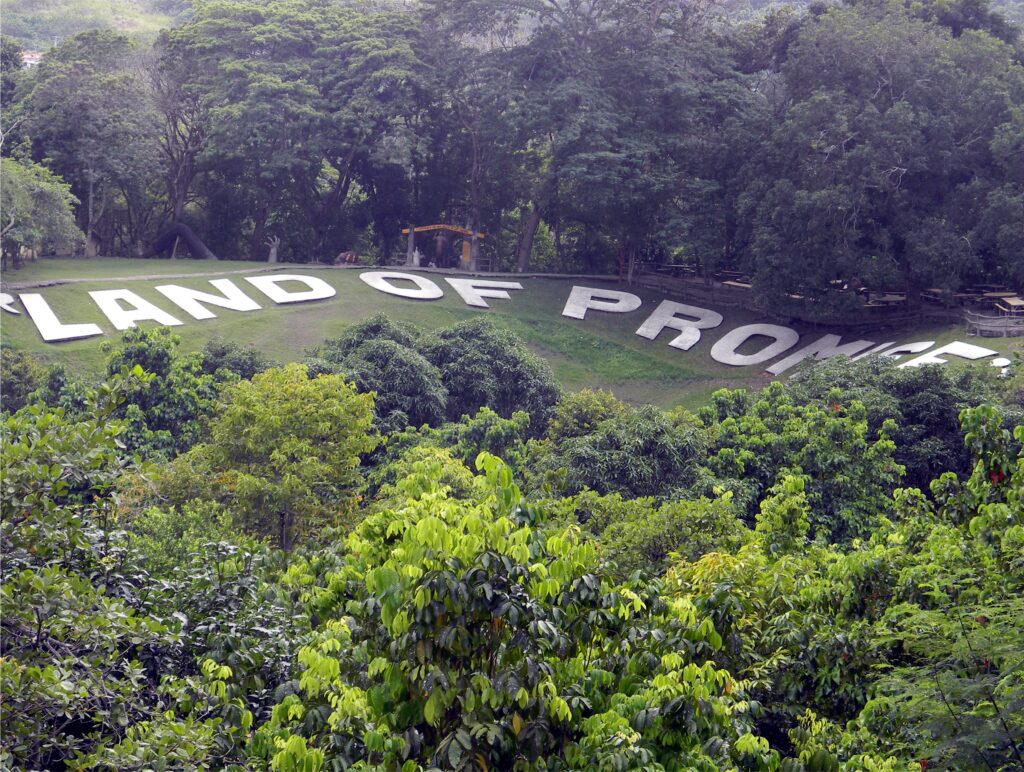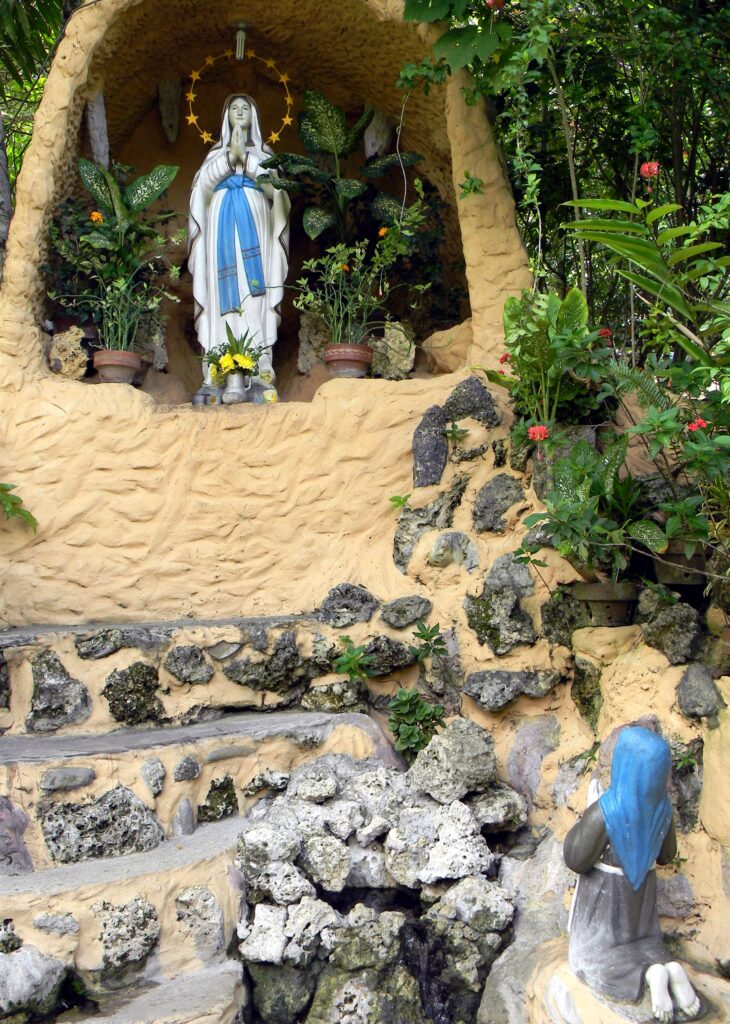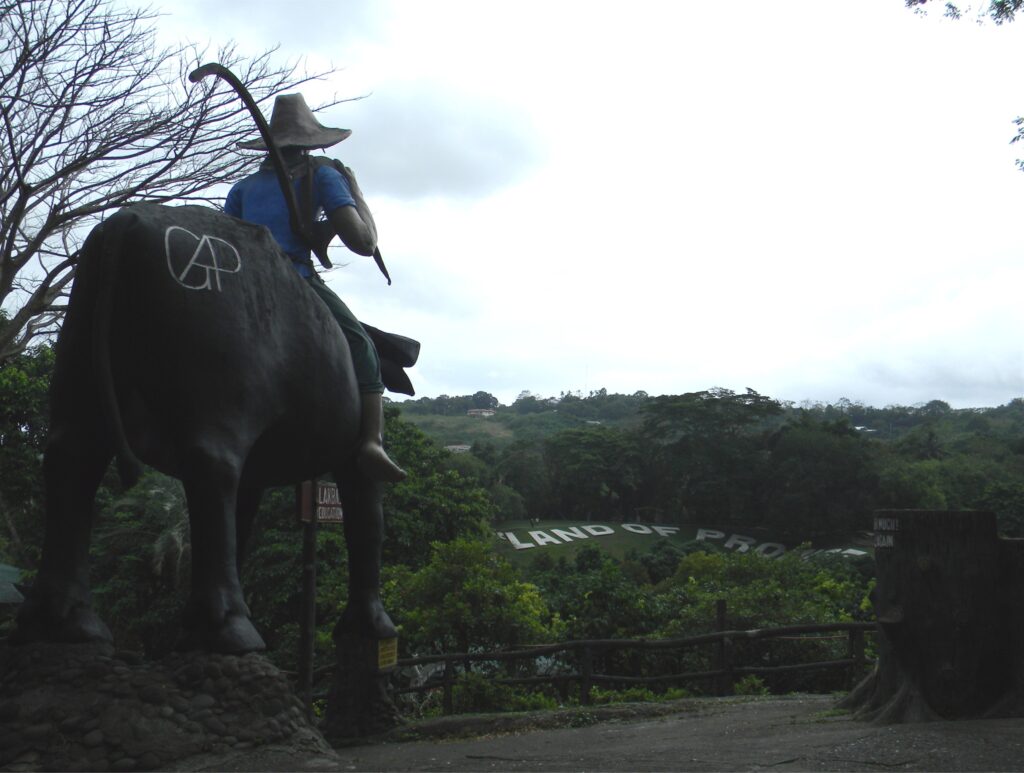Text and Photos by Henrylito D. Tacio
“GAP Farm is definitely my top favorite weekend outing destination for my family. I can no longer recall the countless times my family and I went to this beautiful resort where several fond, mostly unforgettable, memories transpired.”
That was what a visitor from Manila wrote of their recent visit to GAP Farming Resort, Davao City’s original tourist destination. Before Eden Nature Park, Crocodile Park, Malagos Garden Resort, Loleng’s Mountain Spring Resort, Philippine Eagle Center, Outland Adventure, and People’s Park, people from Davao City and neighboring areas flocked to this resort located in the hilly part of Green Valley, Diversion Road in barangay Ma-a.
The Gift of the Lighting, a book written by Alfonso J. Aluit, describes the resort in these words: “Ten hectares of hinterland converted into a recreation park, nature reserve and educational center, colorful and lush with tropical flora, complete with all amenities for clean, wholesome enjoyment for individuals and groups.”
The first time I visited the GAP (from the acronym “good activities of the people”) farm was about twelve years ago when I bought John Rowley, the editor of London-based People and the Planet. A couple of weeks ago, I returned to see whatever happened to the resort, which is about 15-minute drive from the heart of the city.
For those who have not been to the resort yet, here’s what you need to know. Upon entering the resort, a huge concrete statue of a farmer riding on a carabao warmly welcomes its visitors. One of its main attractions is the huge marble imprint of the phrase “Land of Promise” set on its vast lawn, which is easily visible while on-board an airplane.
Another attraction is what is billed as a “Japanese cave.” The cave tunnels a few meters into a hillside, turns around and exits not far from the entrance. At the entrance is a statue of a snake; once you get inside you get to see a glass-enclosed effigy supposedly for a Japanese soldier.
Since it is a farm, you get to see a lot of trees and fruits (rambutan, durian, marang, sampaloc, mangosteen, jackfruit, cashew, star apple, and lots of mangoes). Ornamentals and orchids abound.
There is also a picnic area where visitors can eat their meals. Scattered are some buildings and cottages which can be used for mini-conferences and meetings. Scattered in various spots are statues of Filipino heroes and presidents, people from different tribes, and animals.
Another come-on is the Conferencia ng mga Multo, which showcases popular mystical folklore creatures in the country. Among those featured are statues of popular Filipino ghosts and monsters like the white lady, tikbalang (half man-half horse), kapre (smoking giant), and manananggal (a half-bodied creature), among others.
A few steps from the area is a large statue of Juan Tamad embedded to the ground. The fictional character is an epitome of a lazy person. According to some stories, he would wait for one day just for a fruit to drop the ground instead of climbing up the tree to get it.
Another attraction is its Olympic-size swimming pool (with a depth of 7 feet). It can be used for school activities like swimming lessons. Entrance fee to the pool is P50 per person.
Indeed, GAP Farming Resort has gone a long, long way since it was launched in 1983 by the late Quirino Villegas who, during his lifetime, received several recognitions for his various initiatives. In 1994, he was honored with the Davao’s coveted Datu Bago Award for “his contributions to the community through worthwhile community projects.”
Leny Castillo, the second daughter of Quirino, said that her father drew his inspiration of the resort from the Mount Arayat, where he grew up. So, when he saw the area where the resort is now situated, he was immediately smitten.
“The resort was ten years in the making,” Leny pointed out. “It took a lot of courage, perseverance, hard toil, and lots of prayers, before the resort came into fruition. Once it started, there was no turning back.”
In 1973, Quirino bought six hectares first, where he built the grotto of Our Lady of Lourdes in a natural spring. Being a religious person, he also constructed the chapel of Our Lady of Perpetual Help in the upper portion of the resort.
In 1983, the Gap Farming Resort was officially opened to the public. This was at the height of chaos as people were leaving Davao, touted to be a killing field. “It was not the best time to open a resort,” Leny said.
But against all odds, the resort was a hit. People flocked to the resort. “The resort was novel, so people came,” Leny said. “We didn’t have any competition at that time and we were offering what people really wanted.”
On weekends, people either went to cinemas or to the beach. There were no malls at that time. So, if they wanted to have leisure and bonding moments, families trooped to Gap Farming Resort.
But the resort was not only the venue of tours; there were several activities being held: weddings, annual spiritual retreats, family picnics, business parties, even meetings and clan gatherings.
In the near future, the management is planning to set up more activities for people who would come to the resort. “We are contemplating of adding come-ons so that people who have come here before can expect another thing once they return,” Leny said.
Entrance fee to the resort is P100 per person. For further details, visit its website: www.gapfarmingresort.webs.com – ###
